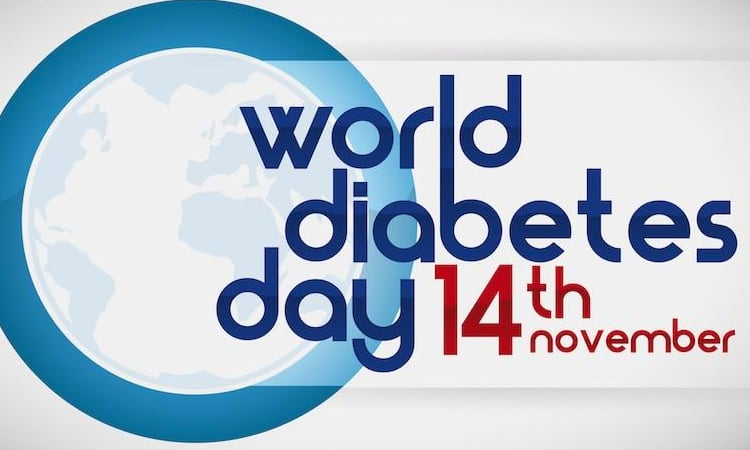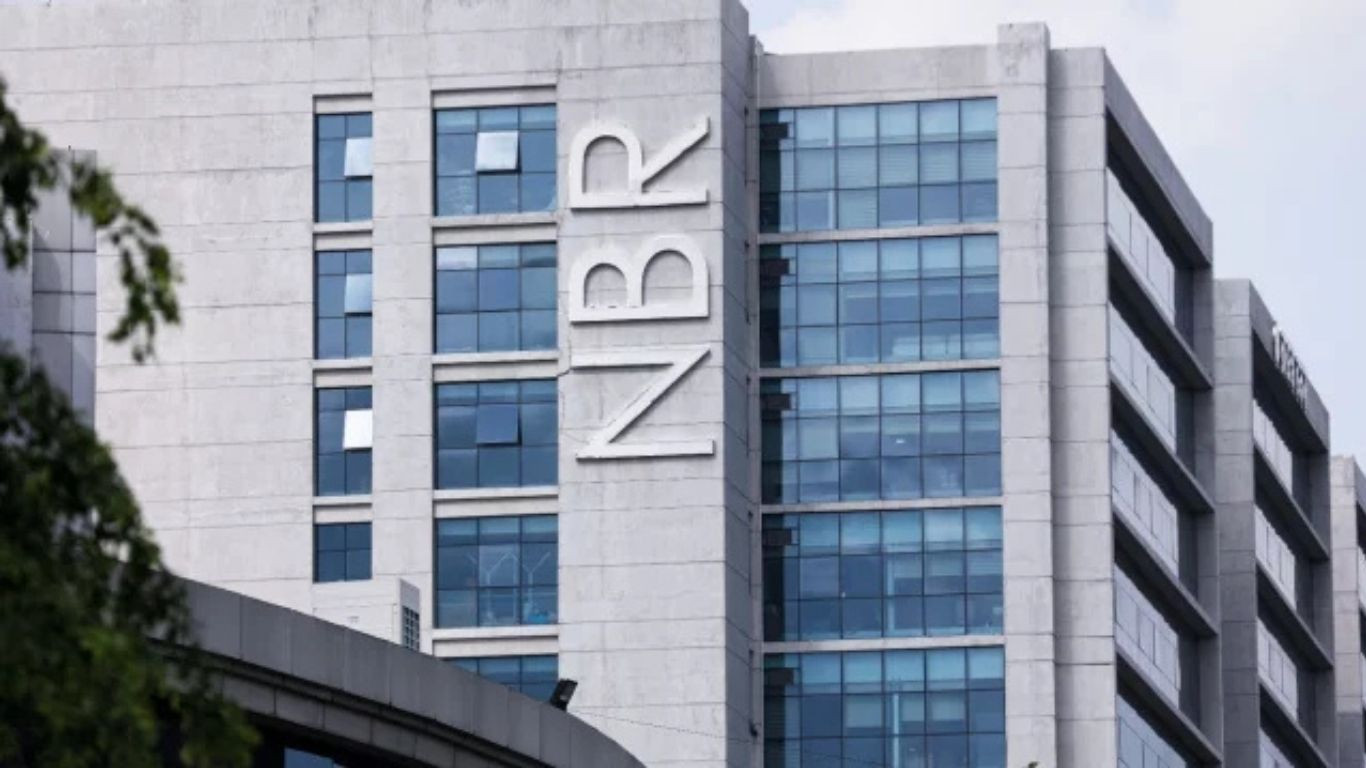India’s top court orders virtual hearings as toxic smog chokes Delhi

Supreme Court pushes online arguments to cut traffic pollution
India’s Supreme Court has ordered lawyers to appear virtually rather than in person as toxic smog once again blanketed New Delhi, in a move that underlines how dangerous the city’s air has become. The directive, issued on Friday, aims to slash the number of vehicles converging on the court complex, which draws thousands of advocates, staff and litigants every day. Air quality in the capital has hovered in the “severe” range for days, with schools closing intermittently and construction work curtailed as fine particulate pollution rises far above safe limits. Doctors have warned of spikes in respiratory illnesses, particularly among children and older people, and urged residents to stay indoors whenever possible.
The court has for years played an unusually active role in India’s fight against air pollution, ordering curbs on dirty fuels, construction dust and crop-burning in neighbouring states. This time, justices said there was no justification for forcing lawyers to drive across the city when robust video-conferencing systems were already in place from the pandemic. While the order initially covers only Supreme Court proceedings, it adds pressure on lower courts and government offices to expand remote work during periods of extreme smog. Environmental campaigners say such emergency steps help at the margins but are no substitute for structural reforms in transport, energy and agriculture that would curb emissions at source.
Smog crisis exposes climate and energy trade-offs
New Delhi’s recurrent air-quality crisis reflects a tangle of climate, energy and economic pressures that India has yet to fully resolve. The capital remains heavily dependent on fossil-fuel vehicles, coal-fired power plants and diesel generators, even as the country promotes electric mobility and renewables. Seasonal burning of crop residue in Punjab and Haryana adds a thick layer of smoke to an already polluted atmosphere, while construction dust and industrial emissions mix in. Climate change is sharpening the problem by altering wind patterns and trapping pollutants over the city for longer stretches. Each winter, images of children wearing masks to school and low-visibility mornings around the India Gate become a grim reminder of how far the region is from breathable air.
Officials in New Delhi and at the federal level insist they are taking the issue seriously, pointing to schemes to phase out older vehicles, boost metro and bus networks, and expand solar capacity. Yet public health experts say progress is far too slow compared with the damage already being done to lungs and hearts. The Supreme Court’s latest intervention underscores how India’s judiciary is filling gaps left by hesitant politicians who fear economic backlash from farmers, truckers and builders. For ordinary residents, the shift to online hearings offers little immediate relief beyond fewer cars on a handful of routes. Many are investing in air purifiers, sealing windows with tape and planning winter trips out of the city—small personal adaptations in the face of a chronic crisis that demands much bigger structural change.





















